Travel to Maldives | Travel and Tourism
>> Friday, May 21, 2010

The name "Maldives" may derive from Mahal'deeb', and the people were called Maldivian 'Dhivehin'. The word Dheeb/Deeb (archaic Dhivehi, related to Sanskrit dvīp (द्वीप)) means 'island' and Dhives (Dhivehin) means 'islanders' (i.e., the Maldivians). During the colonial era, the Dutch referred to the country as Maldivische Eilanden in their documentation, while "Maldive Island" is the anglicized version of the local name used by the British, which later came to be written as Maldives
The Republic of Maldives, more widely known simply as The Maldives, is an island which is in the Indian Ocean. People may think of the Maldives being an island chain, but it is in fact seen as one island which has 26 atolls that make it up, and lies near the coast of Sri Lanka. There are 1,192 islets, of which only 200 are inhabited, meaning that technically you could get your own little island to yourself for some time, if you chose to explore and take this option.
The Maldives is known for the fish that inhabit the area and the beautiful sites and wildlife that can be seen. If you want to make sure that you take in every drop of nature that you can, then read on for a guide of what can be seen where.
Komandoo Island is a great first place to visit. The beaches there will provide a wonderful start to your holiday, with idyllic white sands and a lagoon that surrounds them, which is literally a perfect turquoise. In the middle of the island is a reef which lets you see the coral and go snorkeling or just get to see a variety of sea life and some invertebrates which scurry around the top. This really is a beautiful site, so should be on your agenda.
Kuredu Island is the other for marine life, with many fish that frequent the area. Be sure to make the most of this by scuba diving or snorkelling to see the resident beauty that will be all around you. There are sharks around the area, but take an instructor with you. Feel assured though that shark attacks are very unlikely. Remain cautious and sensible and you are sure to have a safe and visually stunning dive. There are lagoons that can be explored, or else just have a swim in the warm waters that are located in this part of the world. On the island itself you can see some of the Flora of the Maldives, with much greenery covering the place.
If you are more into the greenery, then Rangali or Makunudu island are lovely and have palms lining the places to walk, as well as vegetation that you would expect in the tropical climate you are in. Combined with the beaches, this is a haven and makes for a holiday that is more about relaxation than anything else.
There are sea birds that are seen around the Maldives, such as herons in particular, but to see one of the most fantastic creatures that is an inhabitant, you will have to be more careful. Sea turtles are now endangered and quite rare, but you can see them on some islands, and if you dive off into the waters from the coasts here. You can take specialist tours with operators or local agencies to see these, which is a wonderful experience and highly recommended. The Maldives is a beautiful place for honeymooners or nature lovers, and there is much to experience as you relax and unwind in a dream setting.

 Read more...
Read more...
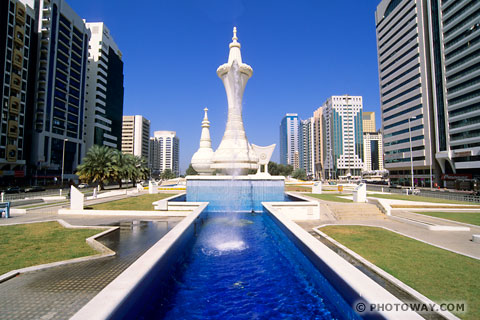 Abu Dhabi (Arabic:
Abu Dhabi (Arabic:  property abu dhabi
property abu dhabi abu dhabi night view
abu dhabi night view Abu Dhabi World Trade Center By
Abu Dhabi World Trade Center By dolphin towers abu dhabi
dolphin towers abu dhabi al reem island najmat abu dhabi
al reem island najmat abu dhabi Abu Dhabi 2-real estate
Abu Dhabi 2-real estate Abu Dhabi picture
Abu Dhabi picture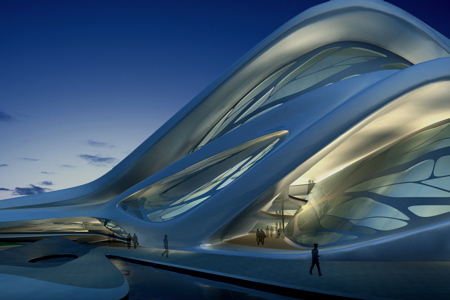 zha abu dhabi photo
zha abu dhabi photo abu dhabi nice view
abu dhabi nice view  Masdar (Arabic:
Masdar (Arabic: 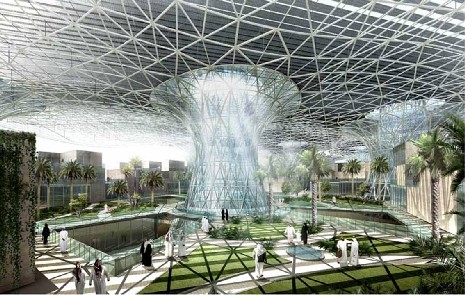 masdar hq image
masdar hq image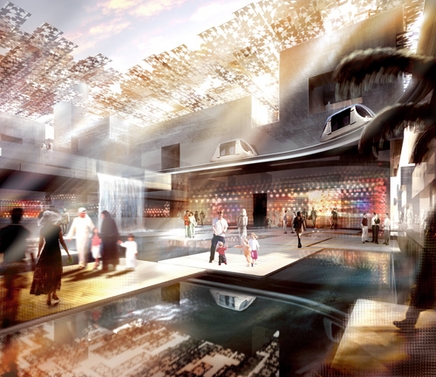 foster masdar mall
foster masdar mall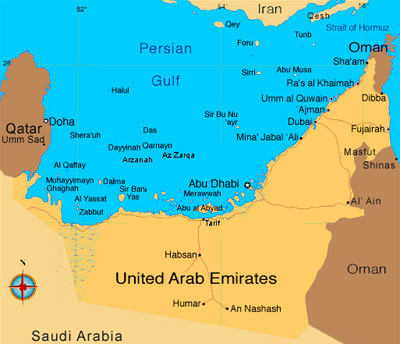 abu dhab imap
abu dhab imap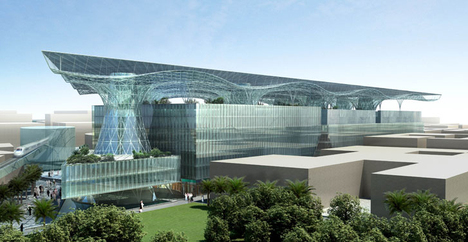 masdar headquarters
masdar headquarters masdar city
masdar city abu dhabi city pic
abu dhabi city pic abu dhabi image gallery
abu dhabi image gallery 


